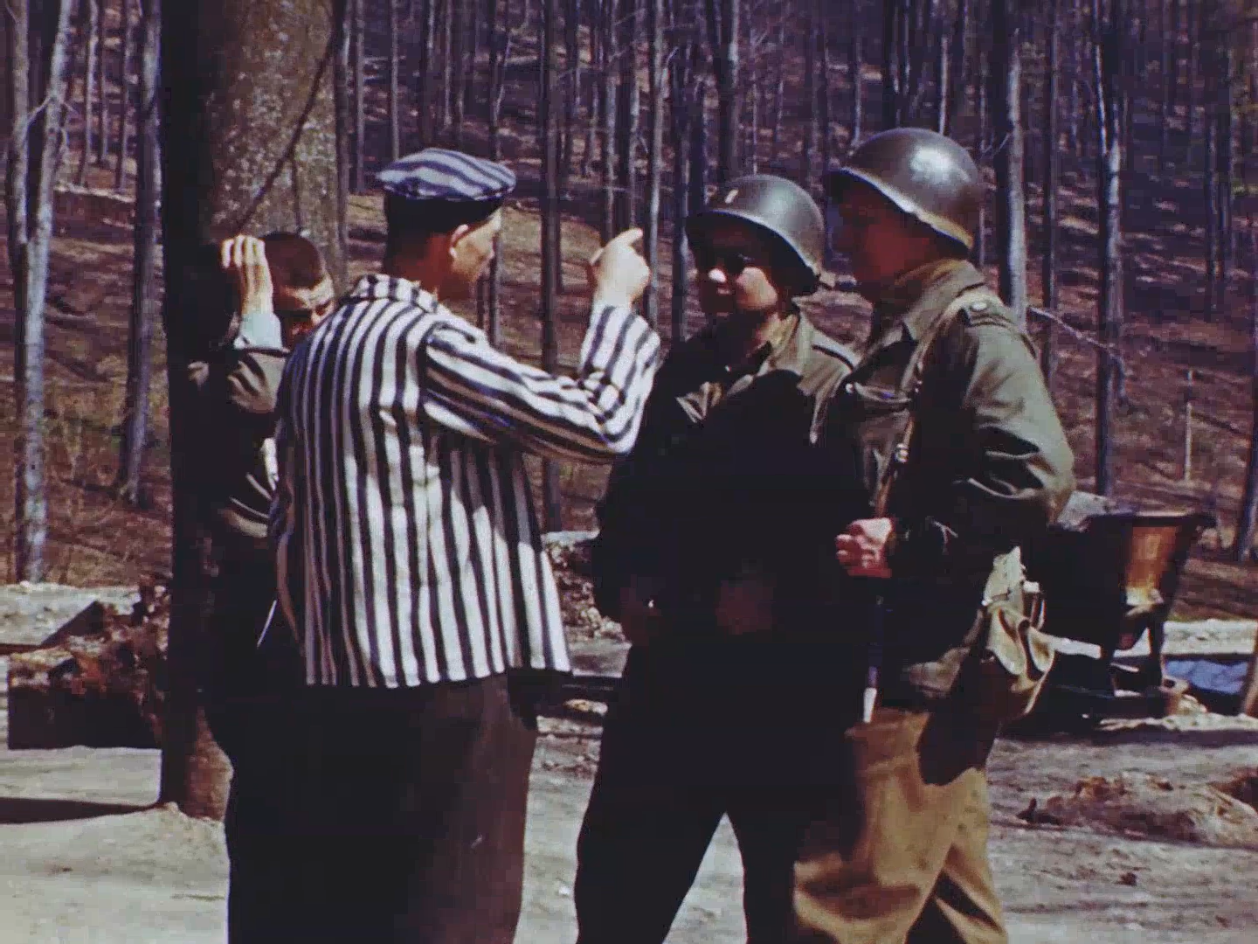
Photo: Edward J. Vetrone / US Army Signal Corps (National Archives, Washington)
Most of the prisoners that the US troops found when they liberated the Mittelbau-Dora concentration camp were sick, injured, or severely weakened. The soldiers immediately provided medical care for the survivors. Those

Photo: Edward J. Vetrone / US Army Signal Corps (National Archives, Washington)
.jpg)
Photo: unknown (Ghetto Fighters‘ House Archive)

Footage: George Stevens / US Army Signal Corps (Library of Congress, Washington)

Footage: George Stevens / US Army Signal Corps (Library of Congress, Washington)

(Mittelbau-Dora Memorial)
The US occupation authorities used the camp facilities to house displaced persons from other sites in the German Reich, such as former forced laborers or concentration camp prisoners. By mid-May 1945,

